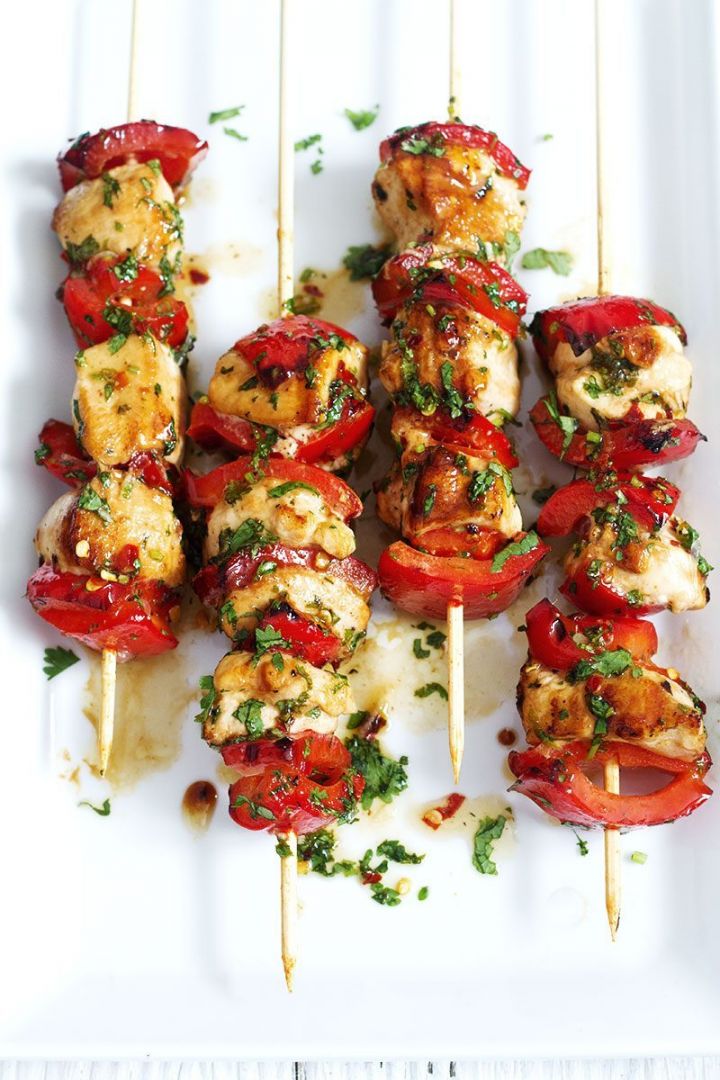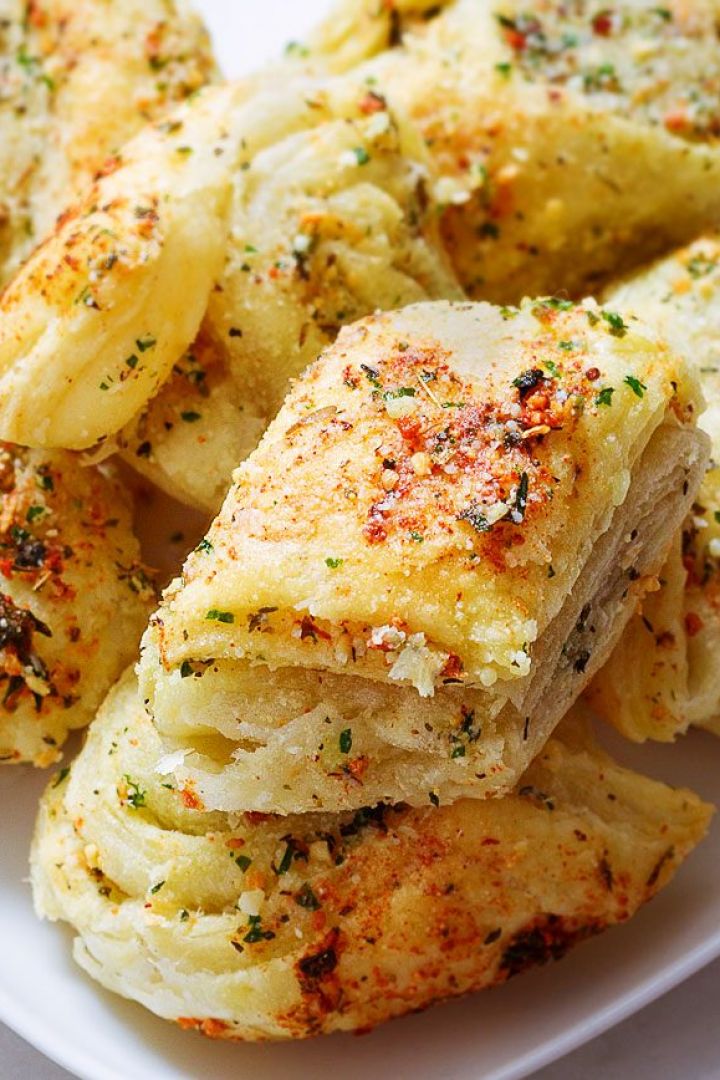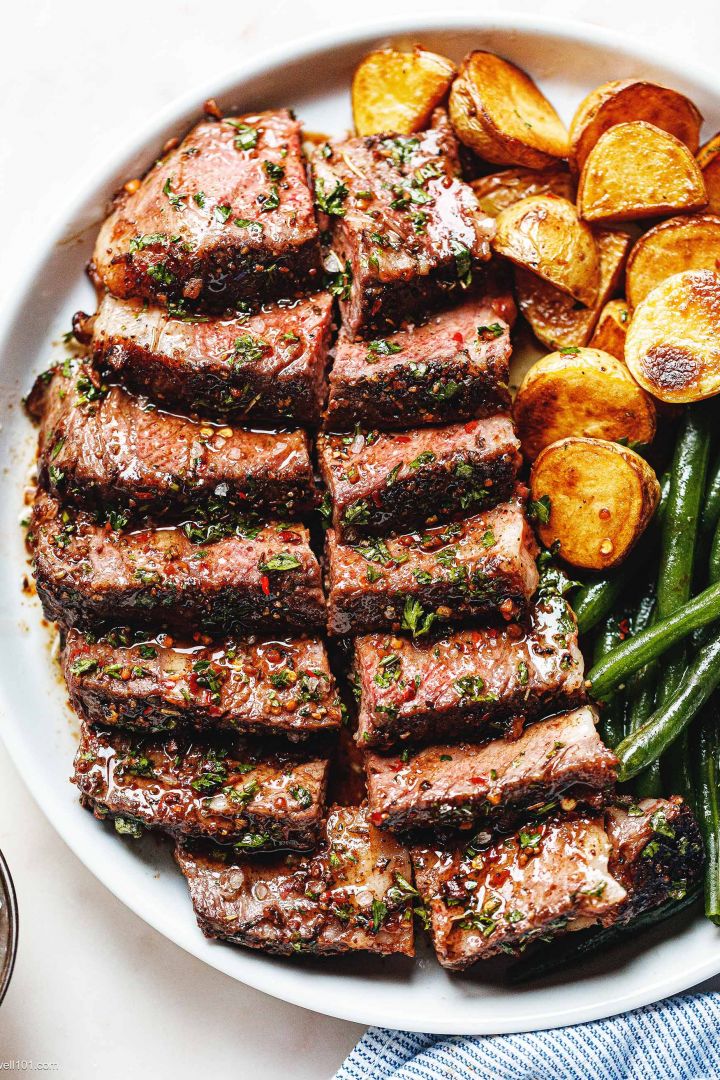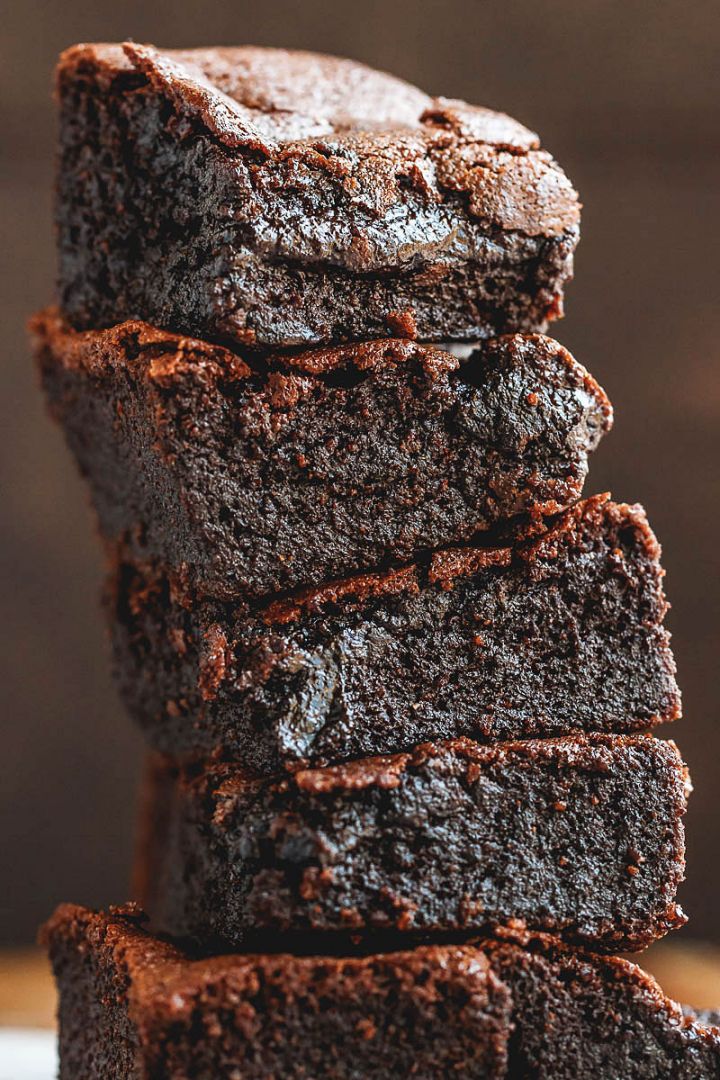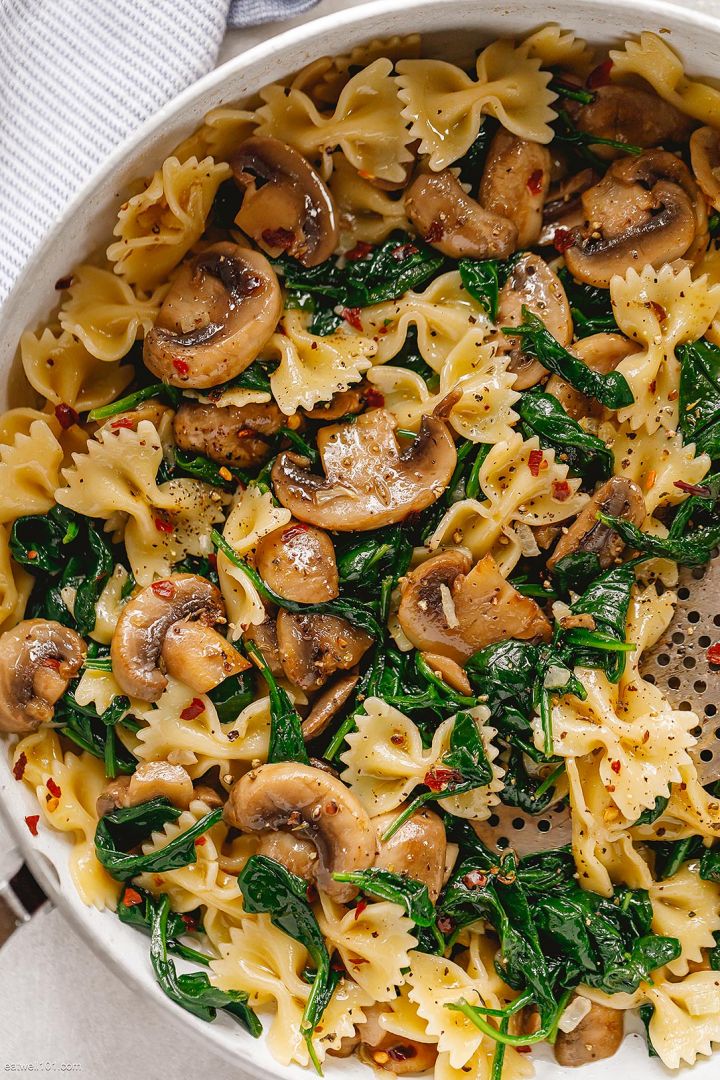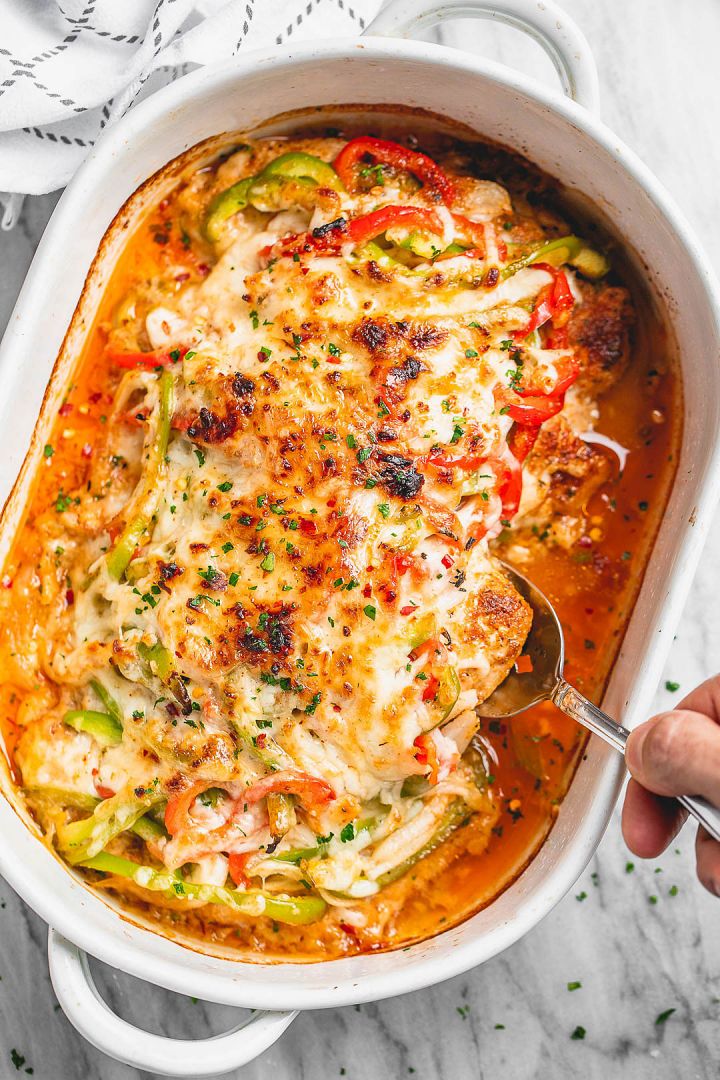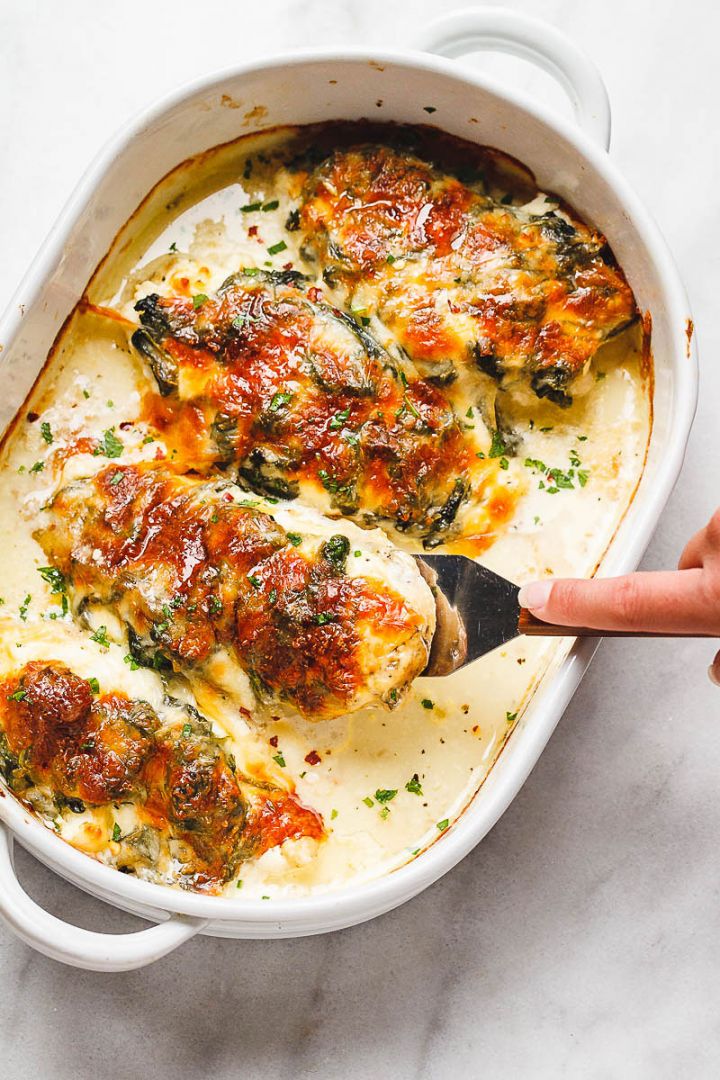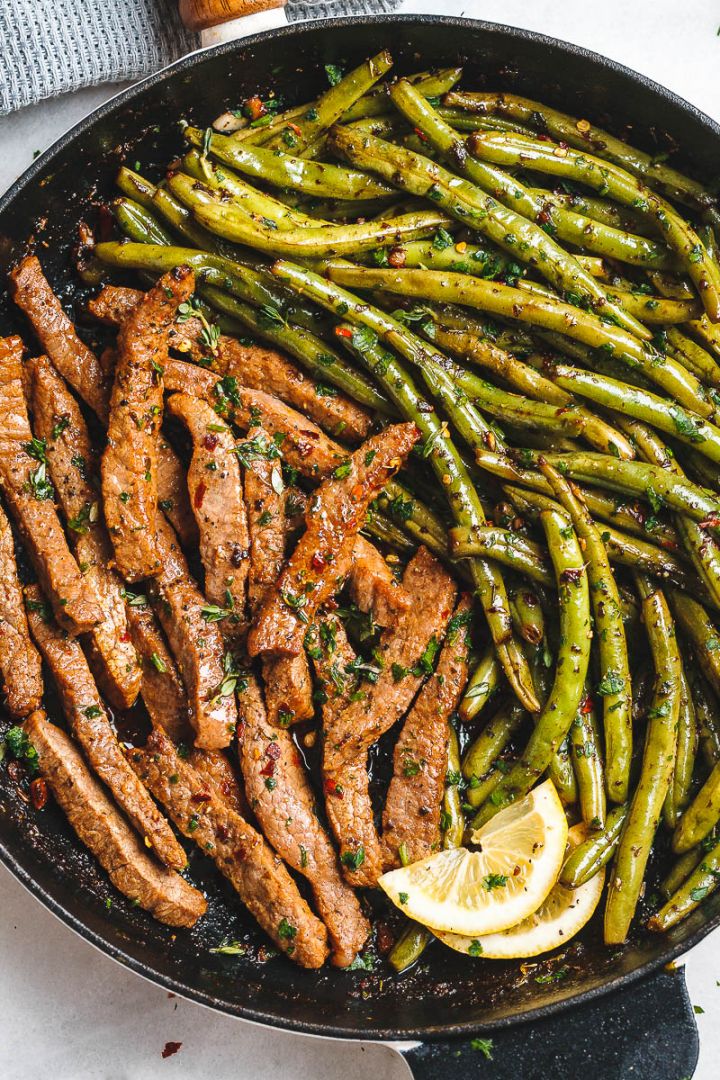When finishing your dinner with a flourish, you may want a wine that suits and completes the dessert you’re offering to your guests.
Choosing wine for a dessert is a difficult task. Indeed, the subtle sweetness doesn’t go well with all wines.
Even if Champagne is commonly accepted for all type of courses, it is not the only choice when it comes to dessert.
Pairing examples
To accompany a chocolate, almond, vanilla or coffee dessert, the general preference is usually going for a Banyuls, a Rivesaltes, or a well aged sweet wine, with aromas of dried fruits or hints of toasted bread.
For conventional yule logs or chocolate cakes, go for a sweet red wine like a Porto, a Banyuls, or a Red Rivesaltes wine.
Lemon meringue pie: lemon is extremely difficult to pair with a wine! Here, you have to play with mild natural sweet wine with a mineral fragrance. Choose a Muscat, which typically offers hints of candied lemon.
Sabayon: stay with sweet wines like a Pineau des Charentes. This type of dessert can include a Champagne only if Champagne enters the preparation of the sabayon…
Apple pie, tarte tatin: Muscat remains the best choice. However, with apple, an alsatian Gewurztraminer can be an attractive alternative.
Principles to remember
For fruit desserts, choose fruity wine notes. Many red fruits call for a Red Rivesaltes or a white Arbois. Arbois even goes well with citrus desserts (though here, the Muscat de Rivesaltes is the most obvious choice). The Arbois white wine goes well with desserts with walnuts and hazelnuts. Chestnuts, in turn, go better with a Rivesaltes or Banyuls ambe



